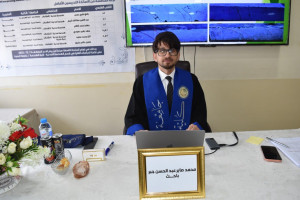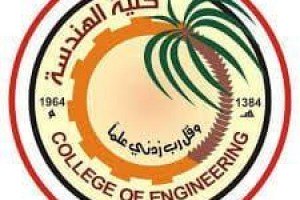
The doctoral thesis of the student Zainab Abdul Karim Ibrahim was discussed in the College of Engineering, University of Basra, Department of Mechanical Engineering, entitled Study of the effect of thermal treatment conditions on the microstructure and mechanical properties of low alloy steel using experimental methods and image processing. It includes The mechanical properties of materials are a direct reflection of the type, percentage, and distribution of the present microstructural phases and its chemical composition. In this work, different microstructures were created through a series of metallurgical processes on AISI 4140 low alloy steel to build a dataset of microscopic images. The specimens were subjected to heat treatments at different temperatures (800-950) °C (in increments of 25°C), followed by quenching in various media (Ro water, brine, oil, and static air). Followed by image acquisition using optical microscope and scanning electron microscope. The images were then segmented using the k-nearest neighbor (KNN) algorithm and the phases were quantified, in order to investigate the influence of phase fractions and types on torsion strength and microhardness properties. Microhardness results showed that the type and the distribution of the phases are the controlling factor in determining the hardness of a specific microstructure, rather than the exact phase percentages. The torsion test demonstrated that the heat treatments improved the endured angle of twist and maximum shear strength for most heat-treated cases to varying extents.
On the other hand, and separately, the specimens were re-etched using special etchant contains sodium metabisulfite to reveal the retained austenite (RA) in the microscopic images. Since the typical etching solutions could not reveal it in AISI 4140 steel. The percentages of the RA were quantified and compared using two image processing techniques, and X-ray diffraction (XRD) test as a reference. The image processing techniques used are the KNN supervised machine learning algorithm and segmentation MATLAB function. The specimens that revealed no RA in the XRD test did not reveal any in the microscopic images either. The comparison between the results showed reasonable and relatively close percentages to those calculated from the XRD test.







